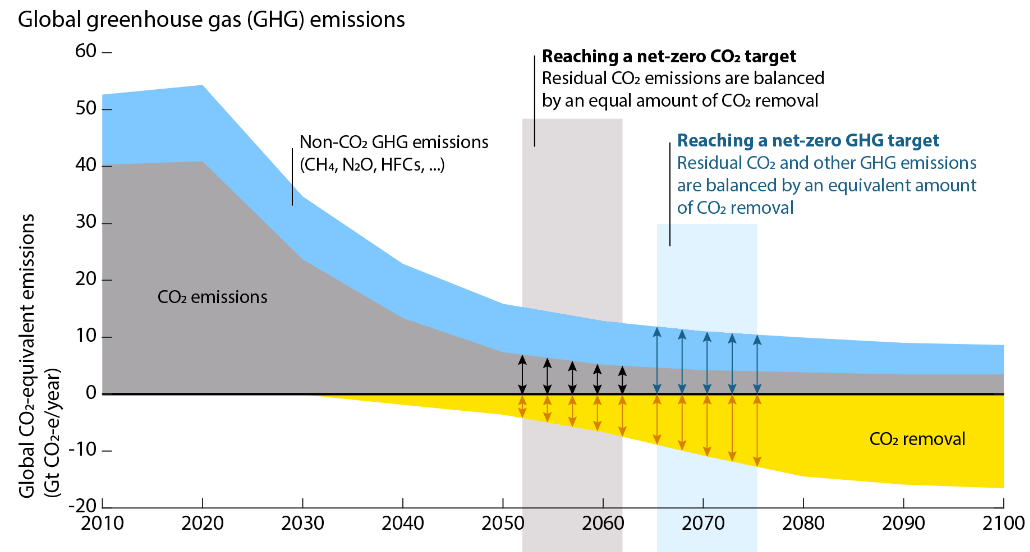Carbon neutrality
Carbon neutrality refers to the production of products without increasing the atmospheric concentration of GHG. This can be done by offsetting emissions of GHG from production with the sequestration of carbon from the atmosphere. Sequestering carbon from the atmosphere can occur via activities such as revegetating areas, increasing soil organic carbon or locking up C in organic products as biochar.
A target of carbon-neutrality can be applied to any geographic scale be it a farm, state or country, or can be applied to a specific industry. For example, Meat and Livestock have a goal for the red meat industry to be carbon neutral by 2030.
Sequestering carbon in the landscape to become carbon-neutral may not be a long-term solution to climate change because the area of land that can be used to sequester carbon the atmosphere is limited, as is the amount of carbon that can be stored per hectare. Hence, it is critical to also undertake emissions reductions while also sequestering carbon out of the atmosphere.

(Source: Illustrative pathway for reaching net-zero carbon dioxide and net-zero GHG emissions)